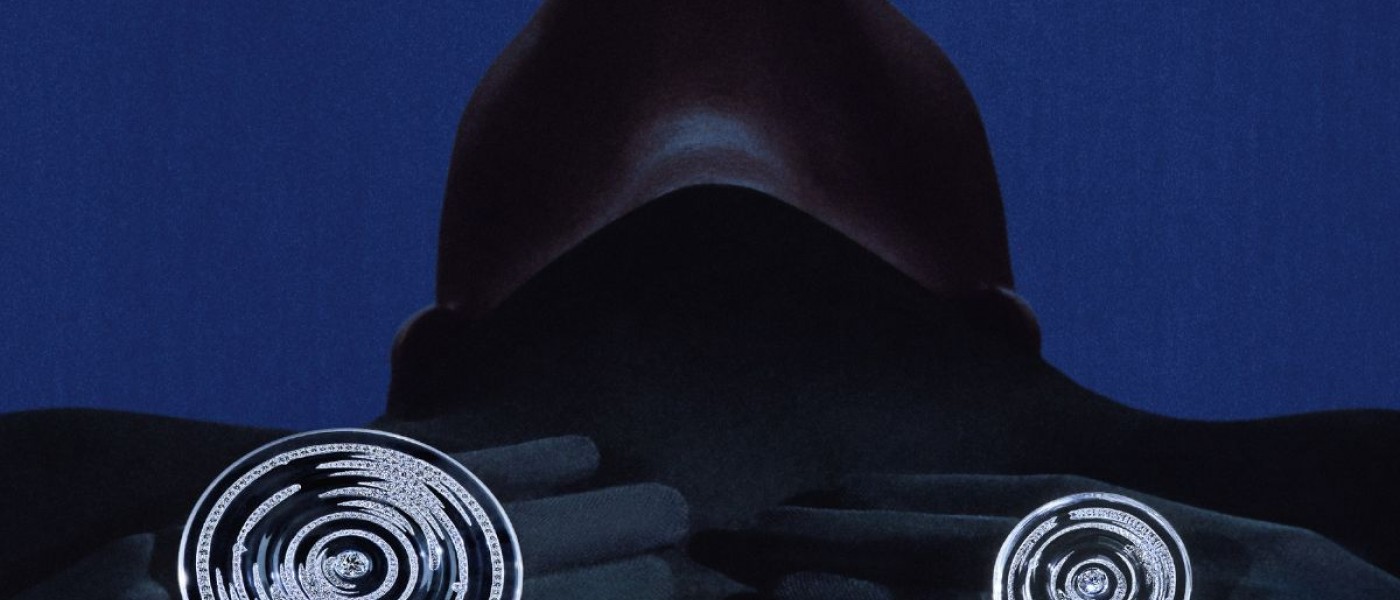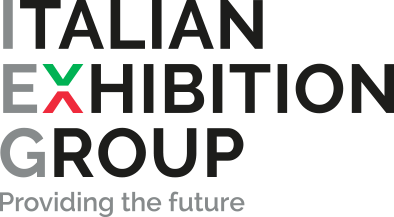
Jewellery’s Next Chapter: Sustainability, Innovation and Personalisation Fuel Long-Term Growth
Jewellery’s Next Chapter: Sustainability, Innovation and Personalisation Fuel Long-Term Growth
Credits: Boucheron @boucheron
In the contemporary geopolitical and technological landscape, the challenges of climate change directly and indirectly influence the world of jewellery and luxury. The world is transforming between analogue and digital realms, with artificial intelligence and cognitive thinking playing significant roles.

Credits: L’Atelier Nawbar @lateliernawbar, Arturo Arvizu @arvizu_art, SOLO for diamonds @solo_for_diamonds
A new social fabric is emerging that embraces new languages and ethnicities, and demands new civil rights. Social changes and geopolitical scenarios require urgent transformations with new models. Contemporary luxury incorporates the battles and achievements of new civil rights in a society that seeks new forms of freedom and inclusion. Design and fashion act as vehicles for change and innovation. We are in the process of creating a new paradigm that redefines luxury and the meaning of beauty in this era.

Credits: Lorraine West @lorrainewestjewelry,MATILDE Sustainable Jewellery @matilde.jewellery
While these cultural shifts unfold, specific industry challenges are reshaping the jewellery landscape. Focusing on objective challenges in the jewellery sector, such as gold pricing and the impact of lab-grown diamonds, has significantly affected the market. The volatility in gold prices over the past few years has impacted jewellery sales. Industry executives note that consumers are waiting for prices to become less volatile before making purchases, leading to a lull in market sentiment. The high prices have led to a shift in consumer preferences towards lighter weight and high-purity gold products, as well as minimalistic and personalized jewellery designs that require less material. Designers are developing products starting in 9 and 14 carats, even in countries like Italy and Europe where traditionally 18 carats were the benchmark. New market opportunities are emerging; from be-spoke and remodelling pre-owned pieces, as consumers seek to avoid incurring excessive additional costs; capitalizing on high gold prices by assessing and scrapping slow-moving products.

Credits: Tiffany Titan By Pharell Williams X Tiffany & Co. @tiffanyandco, Guzema Fine Jewelry @guzema_jewelry
The gold pricing trend has a profound impact on the jewellery sector, influencing demand and supply dynamics. Looking at the diamond segments, after De Beers shut down the production of lab-grown diamonds for jewellery, the focus on natural diamonds has shifted. De Beers’ lab-grown diamond division will continue to sell existing inventory but will not produce new lab-grown stones for jewellery. De Beers is launching a new “Origins” strategy to revive interest in natural, mined diamonds and market them as a distinct category. The company is partnering with major retailers like Chow Tai Fook and Signet Jewelers to highlight the unique attributes of natural diamonds and roll out campaigns emphasizing their authenticity and rarity. As De Beers exits the lab-grown jewellery market, it may lead to further price declines and increased competition among lab-grown diamond producers. However, lab-grown diamonds continue to disrupt the jewellery industry, with luxury brands like Prada, TAG Heuer, and Fred rolling out lab-grown products in recent months. Global society is working on new beginnings, and we are all responsible for shaping our future. Together, we can create a Wonderland where everyone wishes to be, where the values of inclusivity, sustainability, and innovation guide us towards a better, more beautiful world.


